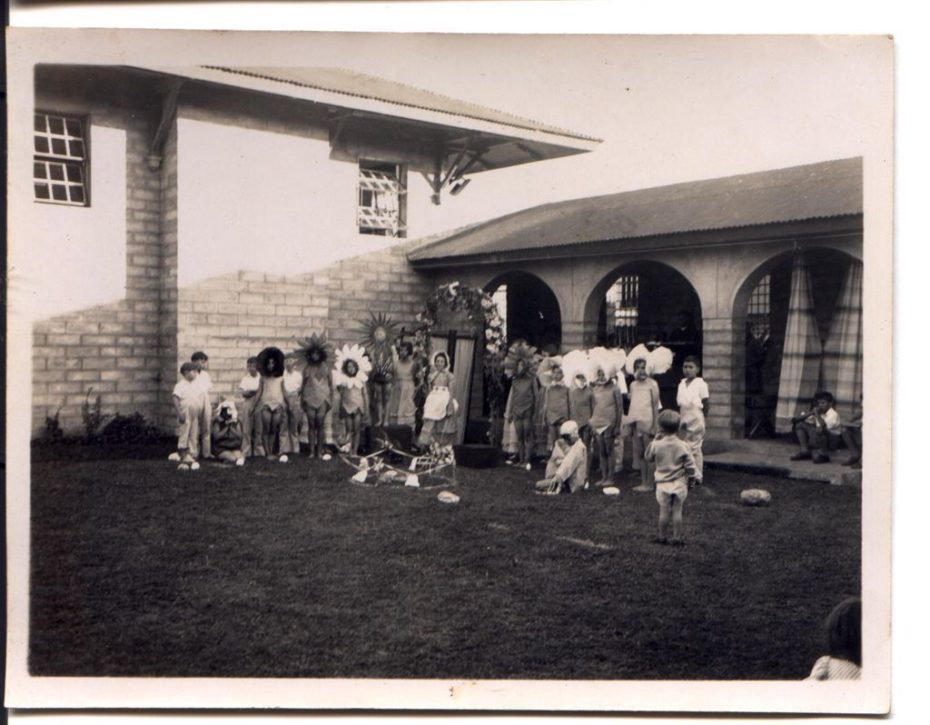
The human body is a miraculous piece of machinery. Try as they might, scientists can’t always seem to understand its power — and susceptibility — to the strangest situations throughout history. What happens when a meteorite causes a mental health calamity? Or a laughing epidemic? From ye old French dancing fits, to an entire village of ‘sleeping beauties’, the lesson we’ve learned from the majority of these epidemics is this: viruses are terrifying, but the mind is the most dangerous thing of all.
The Medieval Dancing Plague, 1518

It was the summertime dance that just didn’t stop. Dancing mania (also known as dancing plague was a social phenomenon that occurred primarily in mainland Europe between the 14th and 17th centuries. One of the first major outbreaks was in the Holy Roman Empire, in 1374, which quickly spread throughout Europe. The most notable outbreak occurred in Strasbourg in 1518 when one Frau Troffea broke into a jig on a hot summer’s day in July. Pretty soon, dozens of others had joined, then hundreds — mostly female — who couldn’t stop busting a move. In all seriousness, the condition was horrifying, and the afflicted died from exhaustion and heart attacks.

It also didn’t help that locals quarantined the dancers, and surrounded them with live music to hasten their death. The jury is split on its cause; it might’ve been a case of mass hysteria, but could’ve been linked to fungi growing on the city’s bread.
And then 491 years later this happened:
Cat Nuns

© Michelle Waters Art
Apparently, medieval France was so excruciatingly boring, that even its clergy began getting in on the mass hysteria to spice things up. In the 15th century, a French nun inexplicably began to meow like a cat, shortly leading to the other nuns in the convent also meowing. Eventually all the nuns would meow together for a certain period every day, leaving the surrounding community astonished. The meowing epidemic continued until the police threatened to storm the convent and whip the nuns into silence. Not cat people then.
The Tanzania Laughter Epidemic, 1962

Tanzanian students
It closed down 14 schools and affected over 1,000 people. The Tanganyika laughter epidemic started with three school kids, and a few harmless chuckles. But pretty soon, the laughter snowballed, and every student in the present-day Tanzania classroom started laughing uncontrollably. Officials tried isolating them, but to no avail. The region had just gained independence from missionaries in 1961, and the stress of that transition is thought to have provoked the epidemic, which also caused children to break out in rashes and fits of tears.
As fun as this one may sound, it’s a textbook case of the mass hysteria that can erupt from collective social trauma. “The incident did last for about a year, but it occurred in relapses, not constantly,” explained Dr.Christian F. Hempelmann to The Chicago Tribune.“Hysterically laughing” takes on a whole new meaning.
The Sex-Ed Seizures of 1962
This one? Totally relatable. In the town of Welsh, Louisiana, one high school provoked mass hysteria when the adults decided to get too involved. Students’ sexual activity came under close scrutiny by school officials, and rumours of mandatory pregnancy tests began spreading through the halls. Twenty-one girls and one boy in grades six to eleven were affected by seizures and other symptoms for over six months.
It Came from Outer Space, 2007

A meteorite came tumbling towards South America in 2007, and didn’t seem to do much damage at first (one guy was knocked off his bike from the impact). But as the weeks went on, the hundreds of curious locals who came to gawk at the site began experiencing nausea, diarrhea, and bouts of vomiting. Some scientists think the meteorite could’ve unclenched toxins in the soil from a nearby factory, but a Peruvian Geophysics Institute researcher said it’s not likely. To this day, the case of “meteorite sickness” remains a mystery…
The Imaginary Slasher, 1938
12 women in Halifax began reporting attacks from a male slasher, with each coming into the police station with razor-like cuts to the head and wrist. Investigators were puzzled over the coming weeks, and even called Scotland Yard for help — but there was just no evidence of the slasher’s trail.

A man is arrested in the hunt for the fake Halifax Slasher.
When the women were questioned again, their truth finally came out: many of their wounds were either self-inflicted or related to personal injuries or abuse.
The Town That Couldn’t Stay Awake, 2013
Residents of the village of Kalachi, Kazakjstan suddenly started falling asleep, only to awake days later with little to no recollection of what happened before they went down — even a cat was affected. In 2015, just when hundreds couldn’t seem to shake the disease, scientist’s found the culprit: high levels of carbon monoxide coming from the mines, which caused a lack of oxygen, and induced major sleepiness.
Who’s Afraid of the Jell-O Factory? (2011)
18 teens in Le Roy, New York, began to experience jerking body movements for periods of months, and parents thought the cause could come from a number of things: a chemical spill, repercussions from a cyanide-releasing train crash in 1970, and, most curiously the nearby Jello-O factory, which had been a community staple since 1900 (you can still visit their museum, in fact).

“Some of the older residents remember that they could always tell what flavor the Jell-O factory was producing on a given day based on the color of the water in [the nearby] Oatka Creek,” reported The New York Times in 2012, “What else, they wonder, got dumped on Le Roy?” Scientists put it down to another case of deeply manifested stress and mass hysteria, but many remain convinced that it was due to toxins spilling out from one of the many factories — including the one producing America’s (least) favourite dessert — as the culprit.
The Soap Opera Sickness, 2006
The popular Portuguese soap opera, Morangos com Açúcar or “Strawberries with Sugar” (think Degrassi, but for Portugal), had an episode in which a nasty virus hits the show’s students. The symptoms, which included rashes and respiratory problems, started popping up in startling numbers after it aired. The Portuguese National Institute for Medical Emergency, however, chalked it down to a case of mass hysteria before final exams.
The Shrinking Penis Panic, 1967

Last but not least is the great Singapore Penis Panic of ’67, in which 454 claimed their penises had suddenly shrunk in what physicians called koro, which roughly translates from the Malay word for “head of turtle.” Nearly 100 men sought medical help in a 24-hour period, but much of the medical help they received went towards their own forms of makeshift self-treatment (i.e. clamps to hold their penises in place). Historians chalk down the panic, once again, to a form of mass hysteria. Why? China’s Cultural Revolution was underway, and 98% of the afflicted men were of Chinese ancestry.
And if you’re not yet done with history’s tales of collective mass hysteria, we’ll leave you with the most classic case of them all:

















